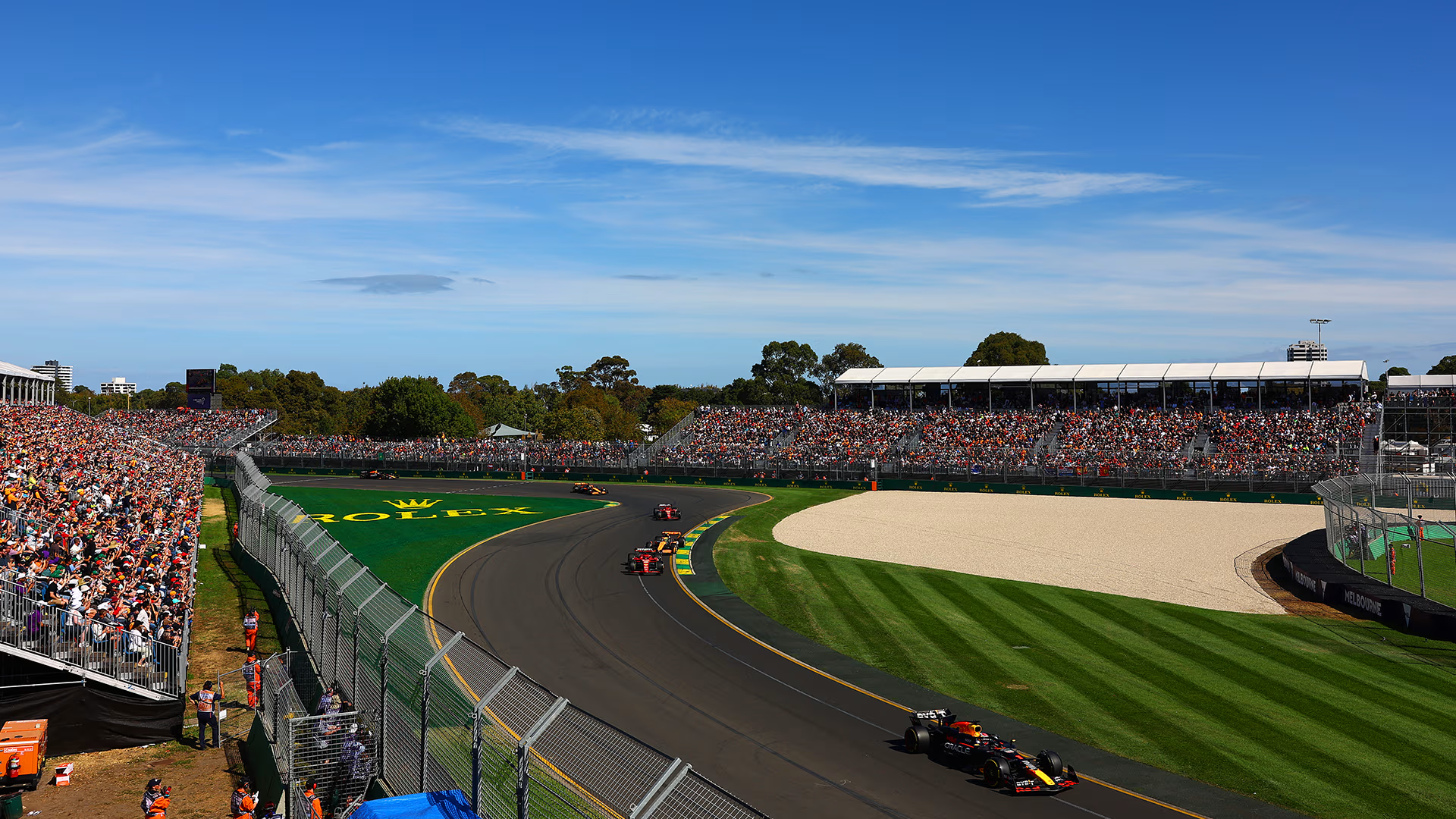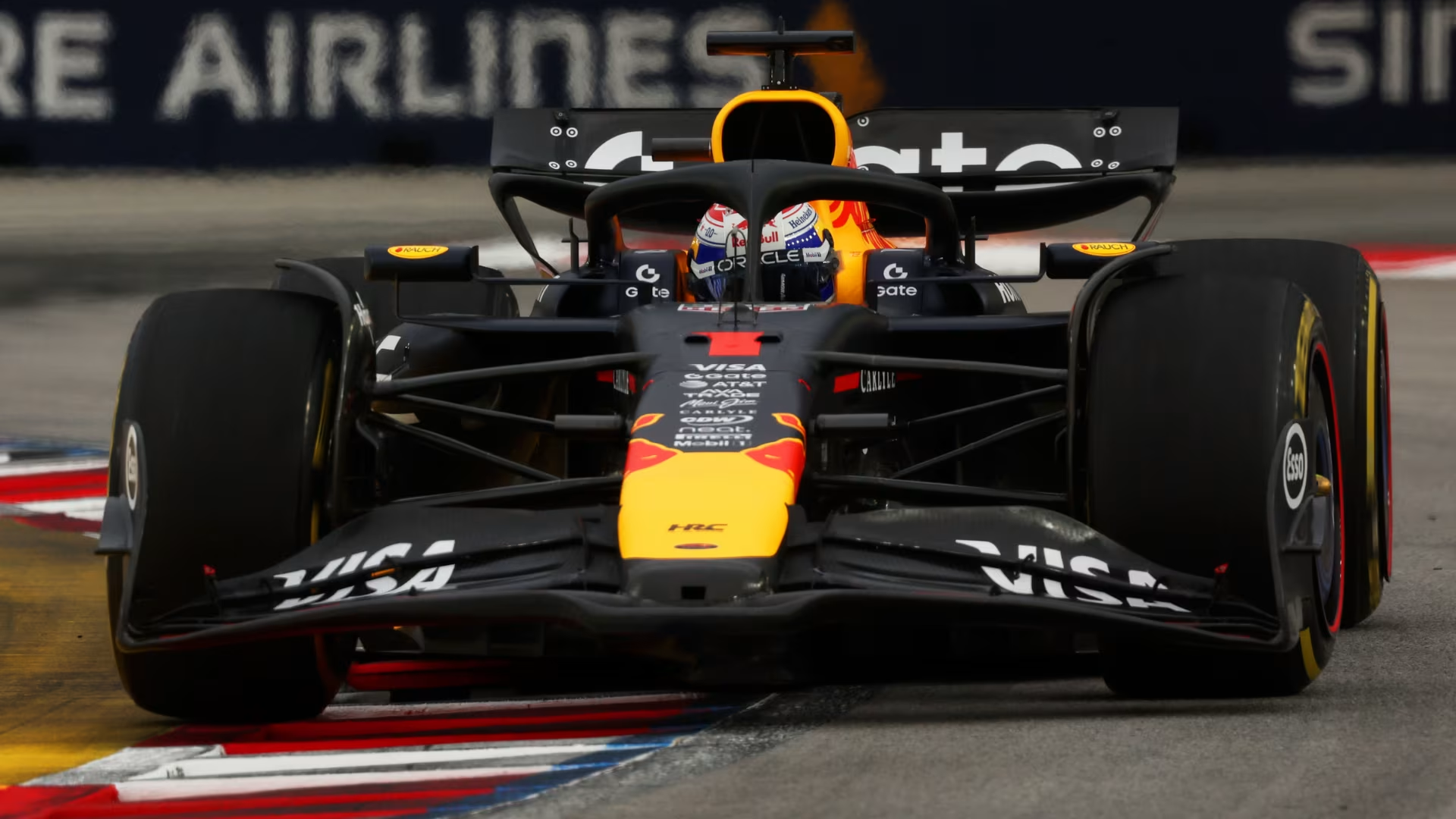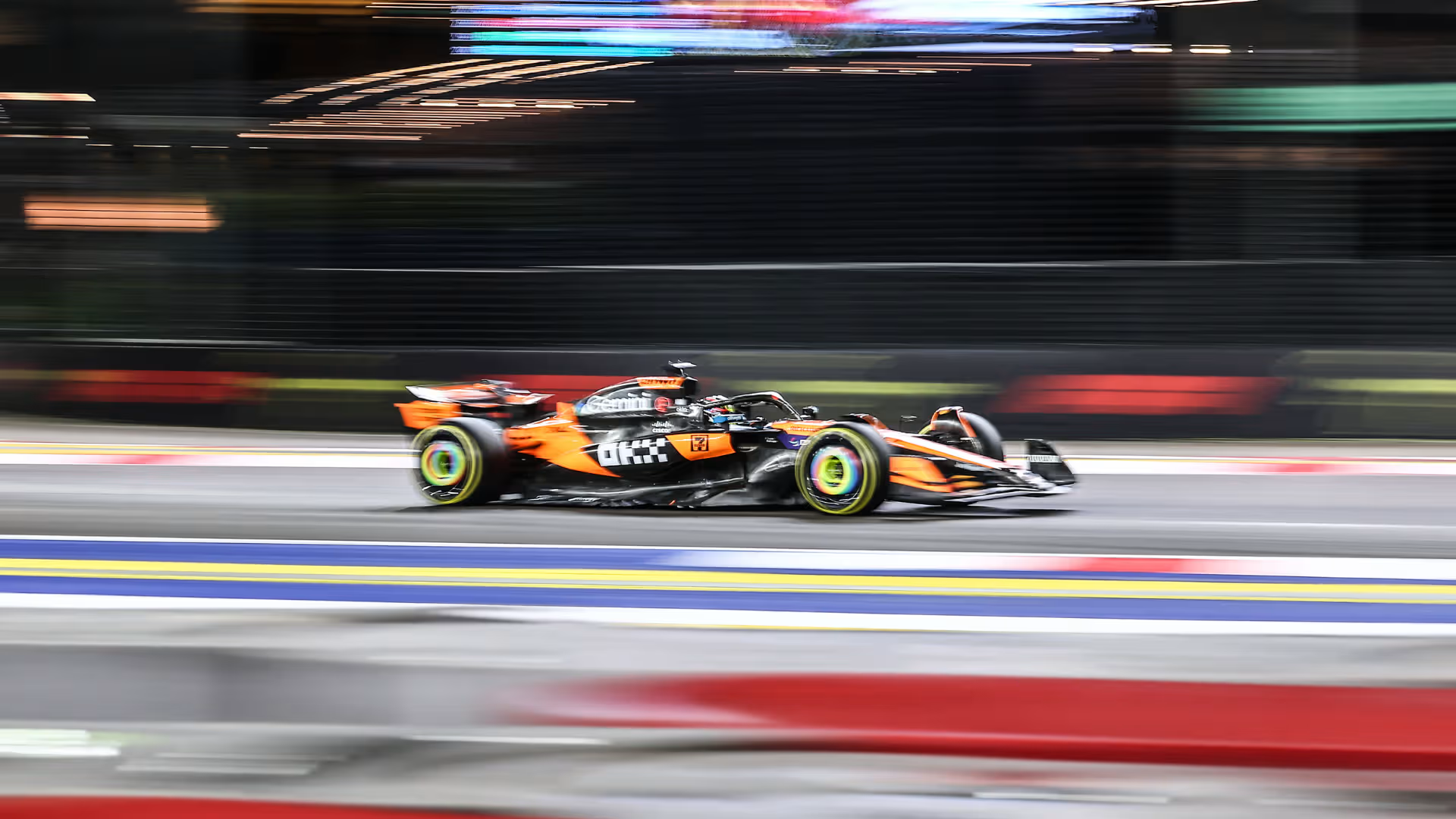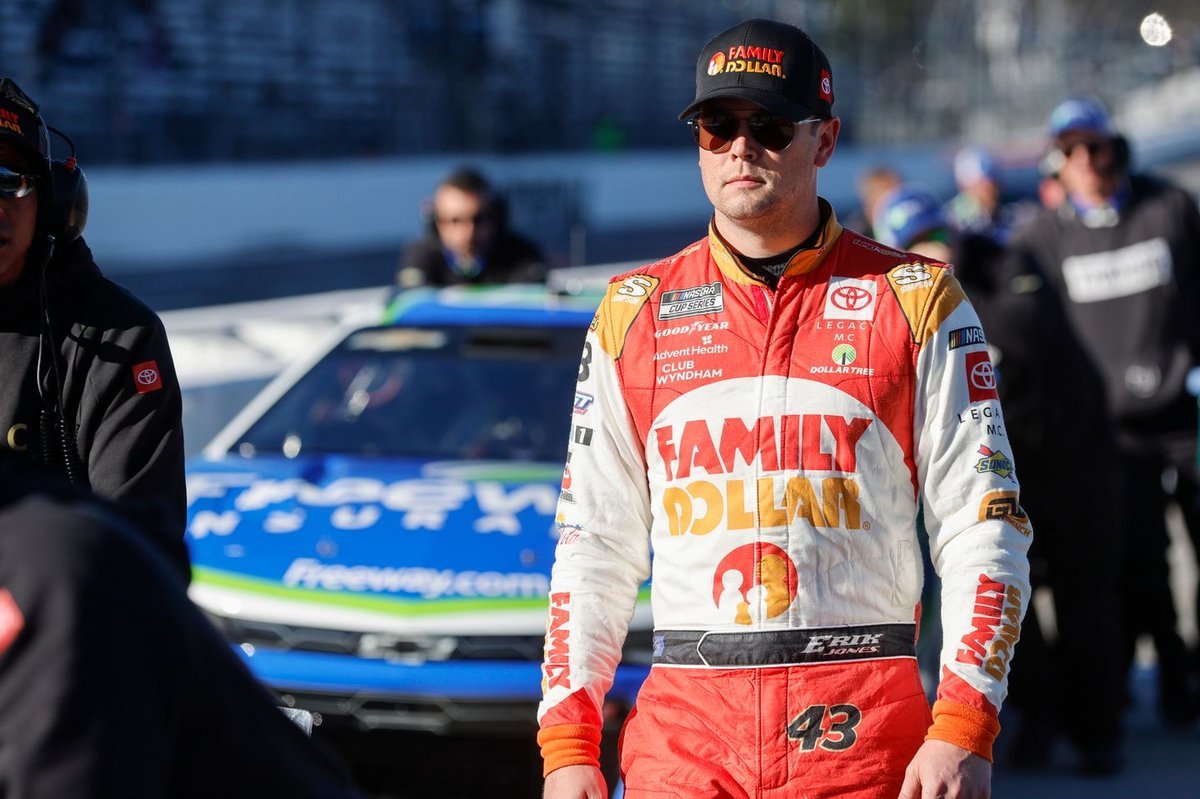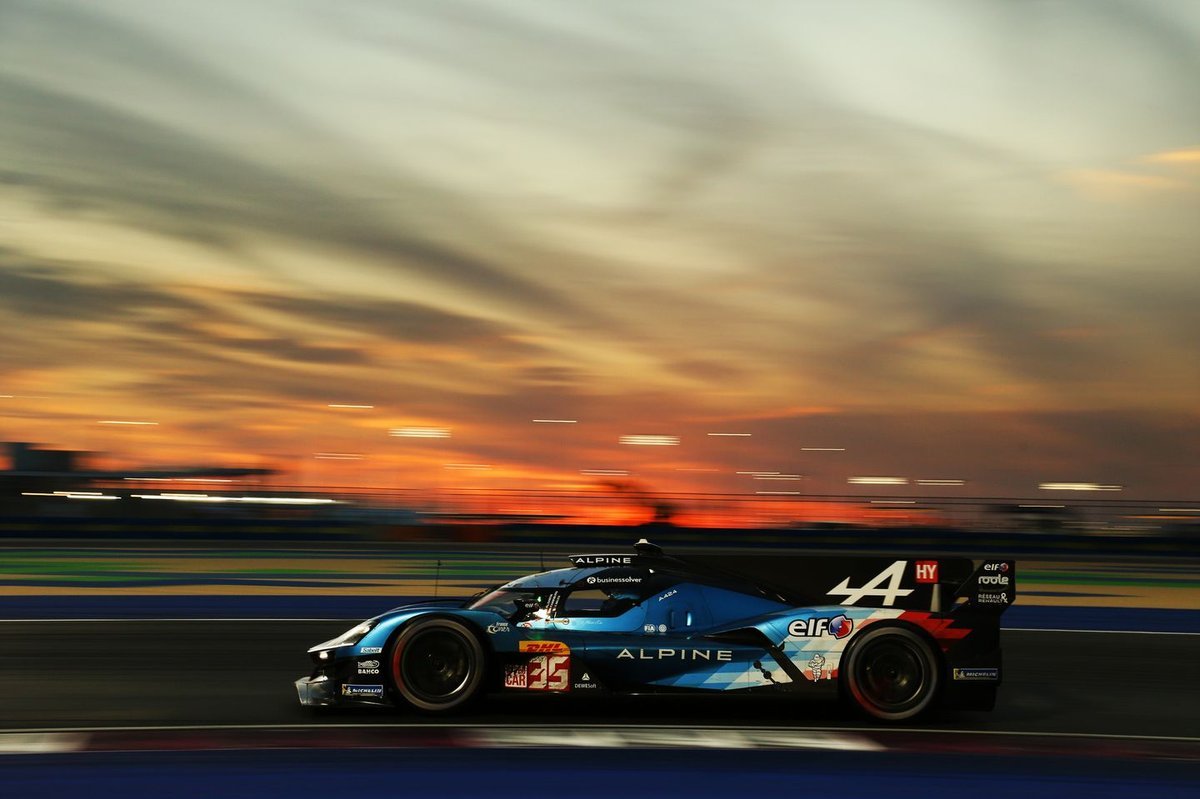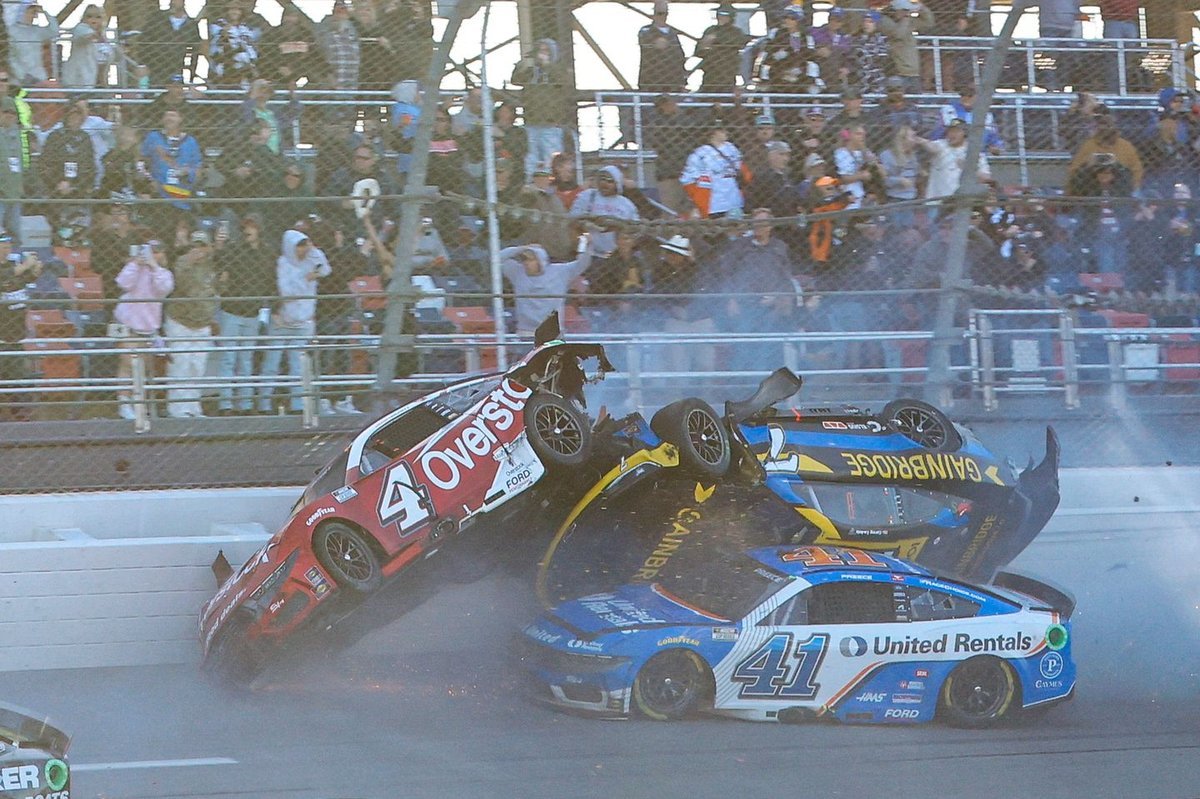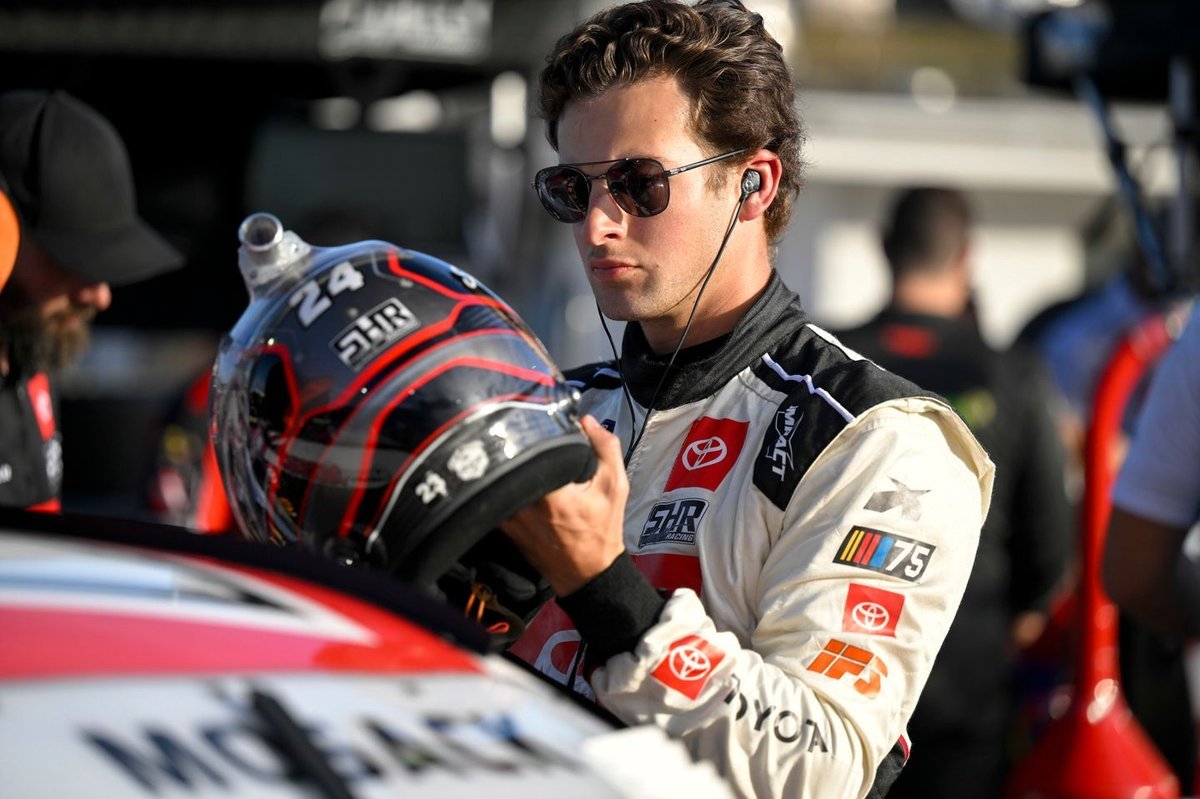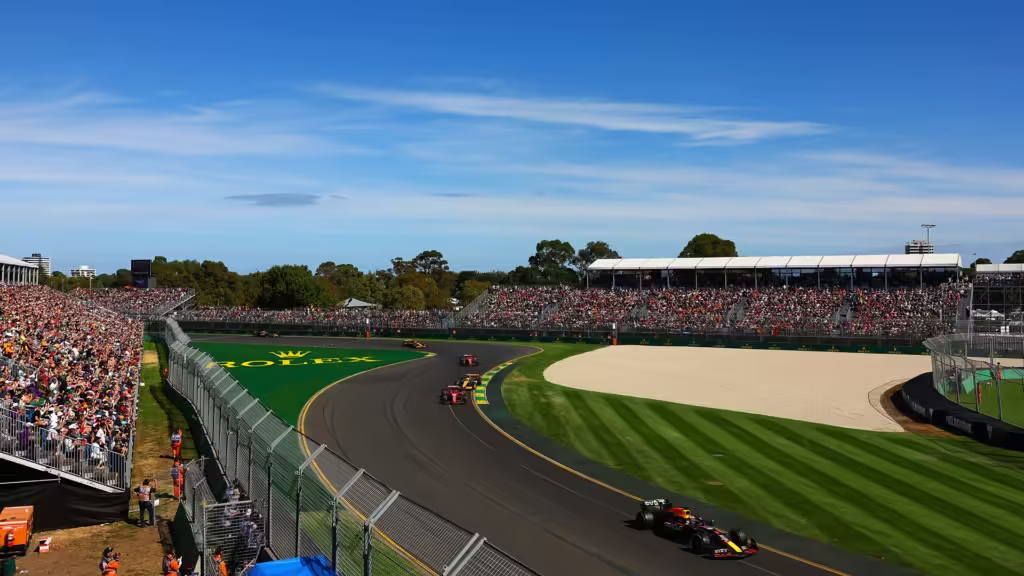
How will rain impact the 2025 F1 Australian Grand Prix? Discover the potential effects of wet weather on race strategy, tire choices, and driver performance.
Introduction
The 2025 Formula 1 season is all set to kick off with the Australian Grand Prix at Melbourne’s Albert Park, a venue that has hosted some of the most thrilling season openers in F1 history. However, as teams gear up for the first race of the year, there’s a major factor that could turn the event into an unpredictable spectacle—rain.
With weather forecasts indicating an over 80% chance of rain on race day, the strategies and performances of teams and drivers could be significantly impacted. Wet conditions often lead to unexpected twists, chaotic pit stops, and thrilling overtakes, making for a dramatic race. But how exactly will the rain affect the race weekend?
Let’s dive deep into what could unfold at the 2025 F1 Australian Grand Prix if the heavens decide to open up.
Table of Contents
| Sr# | Headings |
|---|---|
| 1 | Weekend Weather Overview |
| 2 | How Rain Has Affected Past Australian Grands Prix |
| 3 | Tire Strategy: The Key to Success in the Wet |
| 4 | Driver Performance: Who Thrives in the Rain? |
| 5 | Safety Concerns: The Risk of Accidents and Red Flags |
| 6 | Impact on Team Strategies and Pit Stop Decisions |
| 7 | Possible Role of the Safety Car and Red Flags |
| 8 | Lessons from Iconic Wet Races in F1 History |
| 9 | How Teams Can Prepare for the Wet Conditions |
| 10 | Fans’ Perspective: Wet Races Are Pure Entertainment! |
| 11 | The Unpredictability Factor: Why Wet Races Are So Exciting |
| 12 | Could the 2025 Australian GP Become an Instant Classic? |
| 13 | Final Thoughts on the Race Weekend |
| 14 | FAQs |
Weekend Weather Overview
Melbourne’s weather is known for being unpredictable, and this year’s race weekend is no exception.
- Friday (Practice Sessions): The weekend will start under sunny skies with temperatures between 25-29°C. Teams will have a perfect opportunity to test their cars in dry conditions.
- Saturday (Qualifying): The heat will ramp up, reaching 35°C in the afternoon. There’s a 20% chance of rain late in the session, which could catch drivers off guard during their final flying laps.
- Sunday (Race Day): The biggest twist arrives—an 80% chance of rain. Temperatures will drop to the low-to-mid 20s with gusty winds, adding another challenge for drivers.
How Rain Has Affected Past Australian Grands Prix
Rain has played a role in shaping the outcomes of several Australian Grands Prix:
- 2010: The last time it rained on race day at Albert Park, Jenson Button won after an early switch to dry tires gave him an advantage.
- 2014: While the race was dry, qualifying was wet, leading to an unpredictable grid and several high-profile surprises.
If history is anything to go by, a wet race could completely shake up the field.
Tire Strategy: The Key to Success in the Wet
In dry conditions, teams have a clear tire strategy, but in the rain, everything changes.
- Intermediate vs. Full Wet Tires: Choosing the right tire at the right time is crucial. Too early on dry tires? Risk crashing. Too late to switch? Lose valuable time.
- Track Evolution: As the rain ebbs and flows, the track changes quickly, forcing split-second decisions from teams.
- Pit Stop Timing: One well-timed pit stop can make the difference between winning and finishing outside the points.
Driver Performance: Who Thrives in the Rain?
Some drivers are known for their wet-weather brilliance, while others struggle when grip levels drop.
- Max Verstappen, Lewis Hamilton, and Fernando Alonso are regarded as some of the best wet-weather racers.
- Lando Norris and George Russell have shown flashes of brilliance but may need more experience in unpredictable conditions.
- Newer drivers like Oscar Piastri and Logan Sargeant could face a baptism by fire in wet conditions at Albert Park.
Safety Concerns: The Risk of Accidents and Red Flags
Racing in the rain isn’t just about strategy—it’s also about survival.
- Aquaplaning: Even with wet tires, drivers risk losing control if too much water accumulates on track.
- Low Visibility: Drivers will struggle to see ahead, increasing the risk of crashes and safety car deployments.
- Red Flags: If the rain becomes too intense, the race could be stopped and restarted later.
Impact on Team Strategies and Pit Stop Decisions
A wet race changes everything when it comes to team strategies.
- Undercuts and Overcuts: Pit stop timing can be a game-changer. Teams must anticipate track conditions better than their rivals.
- Safety Car Pit Stops: Some teams may choose to gamble on a late-race safety car to make a free pit stop.
- Fuel Loads: Wet races often mean slower speeds and lower fuel consumption, allowing teams to tweak strategies.
Possible Role of the Safety Car and Red Flags
A wet race often increases the likelihood of safety car interventions.
- If the rain is too heavy at the start, the race might begin behind the safety car.
- Any major incidents could lead to a red flag, delaying the action.
- Late-race safety car restarts could create a dramatic shootout to the finish line.
Could the 2025 Australian GP Become an Instant Classic?
Some of the most legendary F1 races have been chaotic wet-weather battles. With rain predicted, this race could join that list.
Final Thoughts on the Race Weekend
With an 80% chance of rain on race day, the 2025 Australian Grand Prix could deliver an unforgettable season opener. Teams and drivers must be ready for anything as rain can turn title contenders into backmarkers and midfield runners into race winners.
Will we see a shock winner? A first-lap disaster? A late-race thriller? Only time will tell, but one thing is certain—the rain is the ultimate wildcard.
FAQs
1. How often does it rain during the Australian Grand Prix?
Rain isn’t a frequent occurrence at Albert Park, but when it does happen, it usually leads to dramatic and unpredictable races.
2. Which drivers perform best in wet-weather conditions?
Drivers like Max Verstappen, Lewis Hamilton, and Fernando Alonso are known for their exceptional skills in wet conditions.
3. How does rain impact F1 car performance?
Rain reduces grip, increases braking distances, and forces teams to use wet-weather tires, making strategy and car control even more critical.
4. Can the Australian GP be postponed due to heavy rain?
If conditions are too dangerous, the race could be delayed or red-flagged, but a complete postponement is unlikely.
5. What was the last wet race in Australia?
The last fully wet Australian GP was in 2010, with Jenson Button taking victory after making the right tire choices.
With rain on the horizon, the 2025 Australian Grand Prix promises to be a race for the ages!

